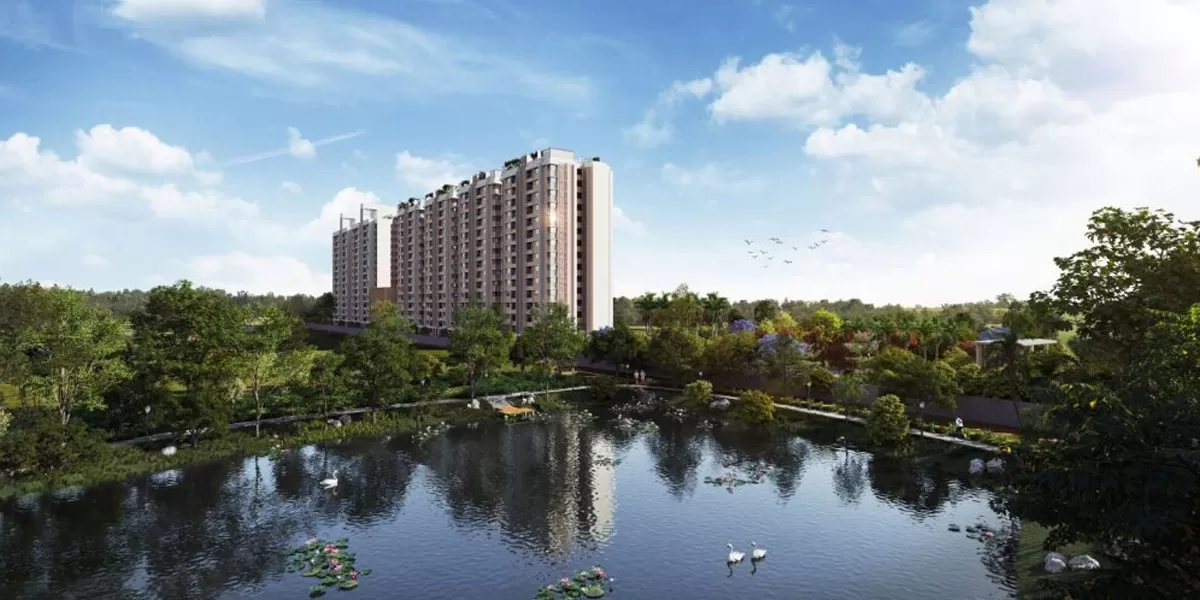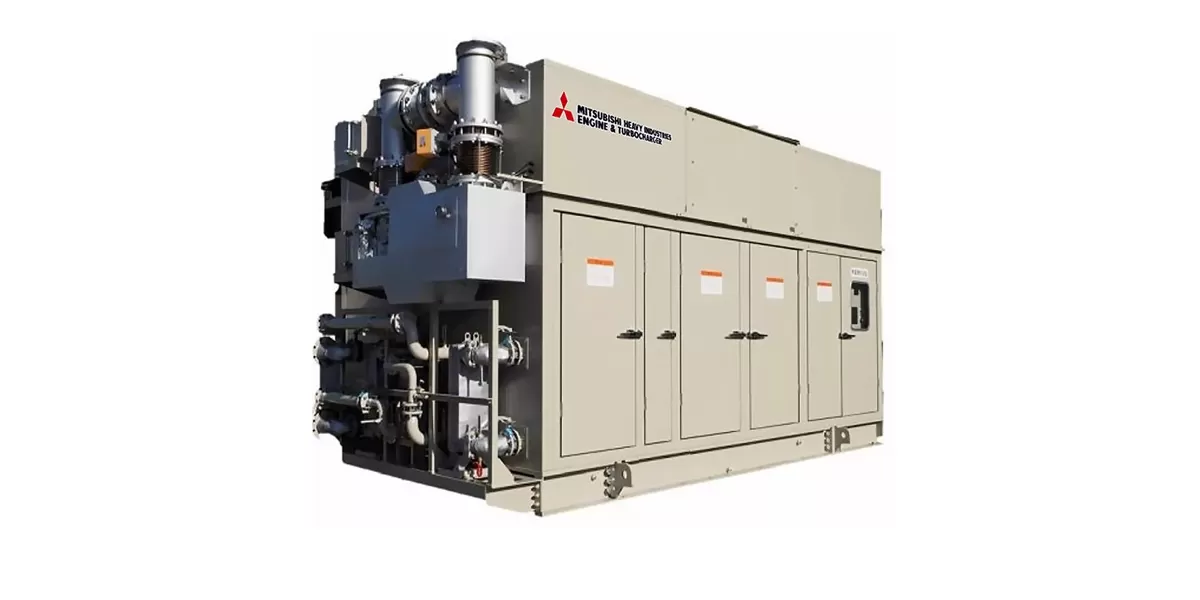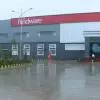Can you imagine roads without potholes this monsoon? Indeed, India’s pothole menace has been a never-ending one, with the country reporting an increasing number of deaths year-after-year. Speaking of hazards, another is the modern-day problem of disposing plastic. Here’s a solution to tackle both these perils together: building plastic roads. Such roads not only prevent potholes but are eco-friendly and cheaper to build and maintain.
The roadmap
This technology was first used by Tyagraja College of Engineering in 2002 with a pilot inside the college campus. The technology is patented by TCE, Madurai, under the guidance of Dr R Vasudevan. Tata Steel’s Jamshedpur Utilities and Services Company (JUSCO) then got in touch with Prof Vasudevan in 2009, understood the process, reengineered it and implemented it, as per its own conditions and machineries. “We were the first to do it in eastern India, with a vision to replicate it further in other cities,” says Gaurav Anand, Chief Manager, Business Excellence, JUSCO.
Several cities then visited JUSCO to see the successful implementation of this technology. Civic officials from Ranchi, Chas, Giridih and Jamtara visited Jamshedpur in 2017 to learn this technology and replicate it in their respective towns. “We shared all the knowhow, along with the challenges and issues,” says Anand.Over 7.5 km of roads have reportedly been made with plastic at these four places. JUSCO had already proved this technology by being a pioneer of building such roads in Jamshedpur in 2011-12. “We were able to facilitate the construction of plastic roads not only in India but overseas as well,” avers Anand. “While in India, Ranchi, Bokaro, Dhanbad and districts of Chhattisgarh deployed this technology with our help, countries like South Africa, Kenya, Nigeria and Cyprusalso learnt from us and replicated it.”
How is it done?
The process: Mixing by mini hot-mix plant:
- Step 1: Plastic waste made out of PE, PP and PS is cut into a size between 2.36 mm and 4.75 mm using a shredding machine.
- Step 2:The bitumen is to be heated to a maximum of 1700C for good binding and to prevent weak bonding. (Monitoring the temperature is important.)
- Step 3: At the mixing chamber, the shredded plastic waste is to be added to the hot aggregate. It gets coated uniformly over the aggregate within 30 seconds, giving an oily look.Thus, plastic-coated aggregate is obtained.
- Step 4: Hot bitumen is then added over the plastic-coated aggregate and the resulting mix is used for road construction. The road-laying temperature is between 1100C and 1200C. The roller used is 8-tonne capacity.
JUSCO collects waste plastics from the source, segregates the waste, shreds it into 2-4mm size, and mixes the shredded plastic to make a coating over the aggregates used for road construction, thus providing the road tremendous strength at no extra cost. Plastic gets coated over stone, the hot plastic-coated stone is mixed with bitumen (tar) and the mix is used for road laying.
The aggregate mix, used for flexible road construction, is first coated with molten plastics waste and this plastic-coated aggregate is used as raw material. (The plastics used include disposed carrybags, films, cups, etc, with a maximum thickness of 60 micron.) To the hot plastic-coated aggregate (165oC), bitumen (160oC) is added, mixed and used for road construction.The bitumen is not blended with plastic waste.
A study of the properties of the plastic waste-coated aggregate bitumen mix shows:
-
Even after 96 hours, there is no stripping of the bitumen layer, showing resistance towards stripping and pothole formation.
-
The Marshall Stability Value increases depending upon the percentage of plastics used for coating from 1,265 kg to approximately 2,500 kg, thus increasing the strength of the road. Field trials are still on.
-
Extraction of bitumen from the above mix is slow compared to a non-plasticbitumen mix, showing the increased strength of binding of bitumen.
-
Plastic-coated aggregate has a low percentage of voids and, hence, less oxidation of bitumen and less ravelling and rutting.
-
Plastic-coated aggregatebitumen mix has low moisture absorption and, hence, no stripping or pothole formation.
-
The percentage of bitumen needed to form an effective mix can be reduced from 5 per cent to 4.5 per cent. Thus a saving of bitumen, of not less than 10 per cent, is also possible.
-
When plastic-coated aggregate is soaked in water for 72 hours, there is no stripping. The aggregate gains non-wetting property with respect to water.
Plastic-coated aggregate mixes well with hot bitumen and the blend can be used for road construction. Coated plastic waste helps increase both blending property and binding property.
Roads can be constructed with plastic wastes (8 per cent) in conjunction with bitumen (92 per cent). Test samples of plastic-bitumen roads show reduced penetration and ductility; a higher softening point; less rutting and cold cracking and 260 per cent improved resistance to water-soaking, hence, ideal for subgrade; 100 per cent improvement in the fatigue life of roads; and greatly reduced road cracking.
Time to act
As this activity requires a positive cross-functional relationship between the PWD and municipal bodies, it requires clear-cut responsibilities of activities to be undertaken by both departments. “Collection of plastic is not a challenge; the major issue is to get the plastics shredded to 2-4 mm size,” Anand points out. Once the shredded plastics are available, mixing can be easily done at the hot-mix plant.
Indeed, it’s time for India to use its plastic to make (not litter) roads!
SERAPHINA D’SOUZA



















